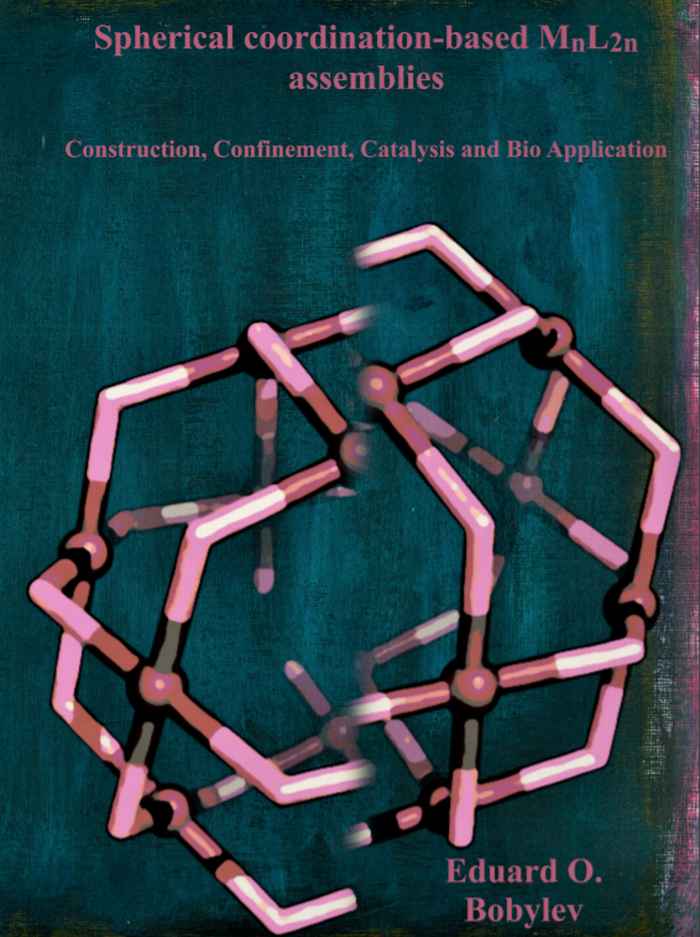Eduard Bobylev earns cum laude PhD in chemistry
Studying the application of caged catalysts in living cells
2 February 2022

Eduard Bobylev had already displayed his intelligence, working attitude and practical capacities as an undergraduate exchange student from Berlin. He joined the Homogeneous, Supramolecular and Bio-Inspired Catalysis group as a PhD student under the supervision of professors Joost Reek and Bas de Bruin, to explore the application of caged catalysts in living cells. As a completely new field of research for the group, this was quite a challenge that he mastered with ingenuity and perseverance.
According to his supervisors, Eduard did an amazing amount of work of very high quality. His thesis contains a great number of well characterized novel cage compounds, he has applied the cages in different catalytic reactions, and he has used the cages for various potential biomedical applications. It is an amazing amount of work both in diversity and volume. Three papers have already been published and another six will be submitted in the next two months. Adding to this, Bobylev's enthusiasm in collaborating with others has resulted in many more papers, showing his efficiency in producing results and in helping others - even in difficult times when restrictions were imposed by the Corona pandemic. Furthermore, he has demonstrated to be a good presenter, teacher and supervisor of master and bachelor students.
Abstract of the thesis

Coordination-based spherical assemblies have developed to an elegant and useful pillar of modern supramolecular chemistry. Nanosized spheres are prepared by the combination of multi-topic ligands (linkers) and metals (nodes) under thermodynamic control. The rich variety of available organic ligands and versatile coordination geometry of transition metals allowed the preparation of nanospheres in many different geometric shapes (cube, octahedron, cuboctahedron, tetrahedron) and sizes (1-10 nm). The characteristic shapes, interior cavities, porosities and sizes are distinct features of nanospheres that differentiate them from molecular substances. These characteristics have been utilized in many fascinating applications including separation, catalysis, light harvesting, host-guest chemistry and more. Recently, coordination-based spherical assemblies received increasing interest in the bio medicinal field. Although bio medicinal application of coordination-based self-assemblies is in its infancy, many preliminary studies presented the potential of nanospheres as drug delivery vehicles or as cytotoxic drugs for cancer treatment with non-classical activity mechanisms of toxicity and distributions in comparison to molecular complexes. To improve the application scope of nanospheres further, novel assemblies, host-guest chemistry and multi-functional features are highly desirable and subject of this thesis.
Eduard O. Bobylev: Spherical coordination-based MnL2n assemblies - Construction, confinement, catalysis and bio application. Selected chapters can be downloaded at the UvA Digital Academic Repository.